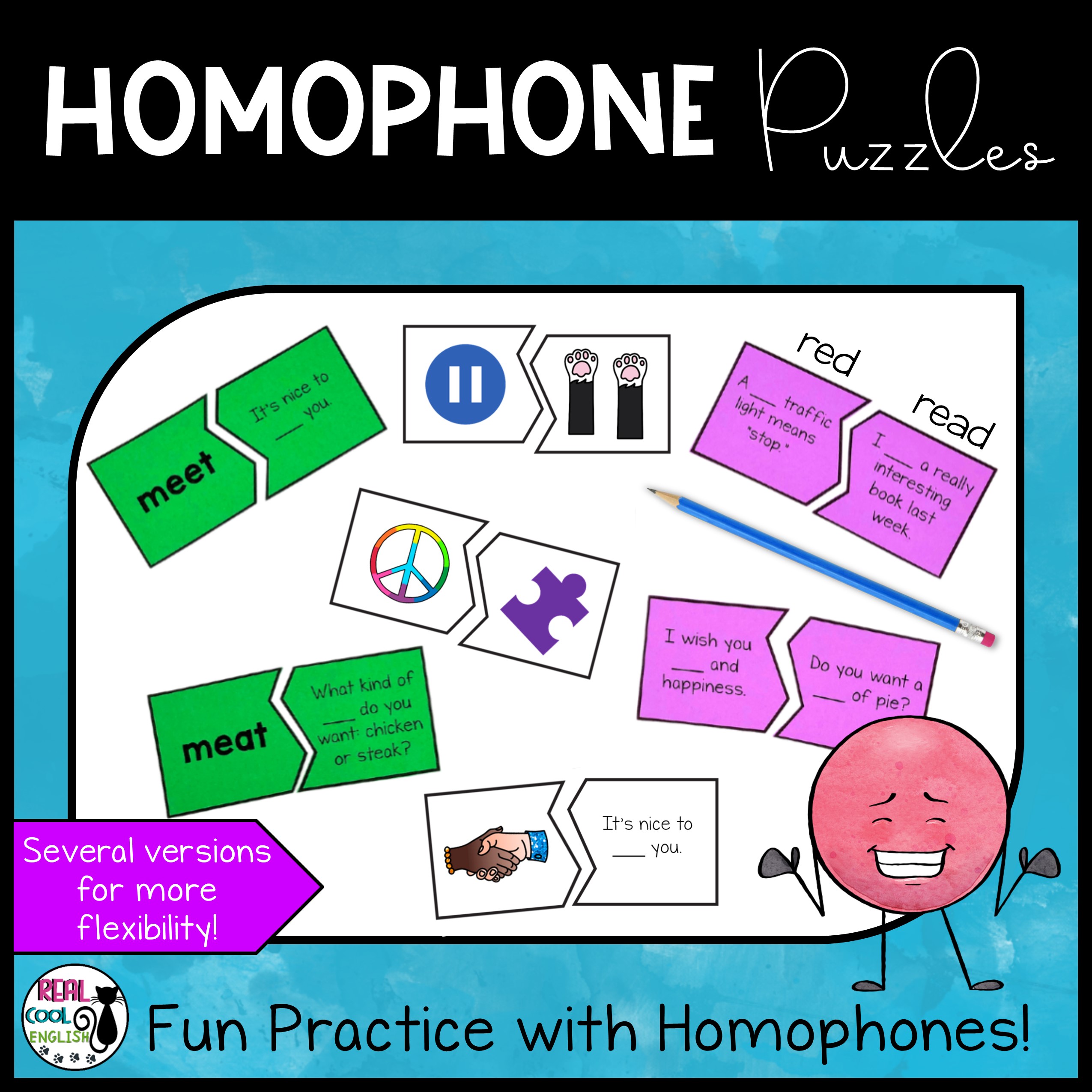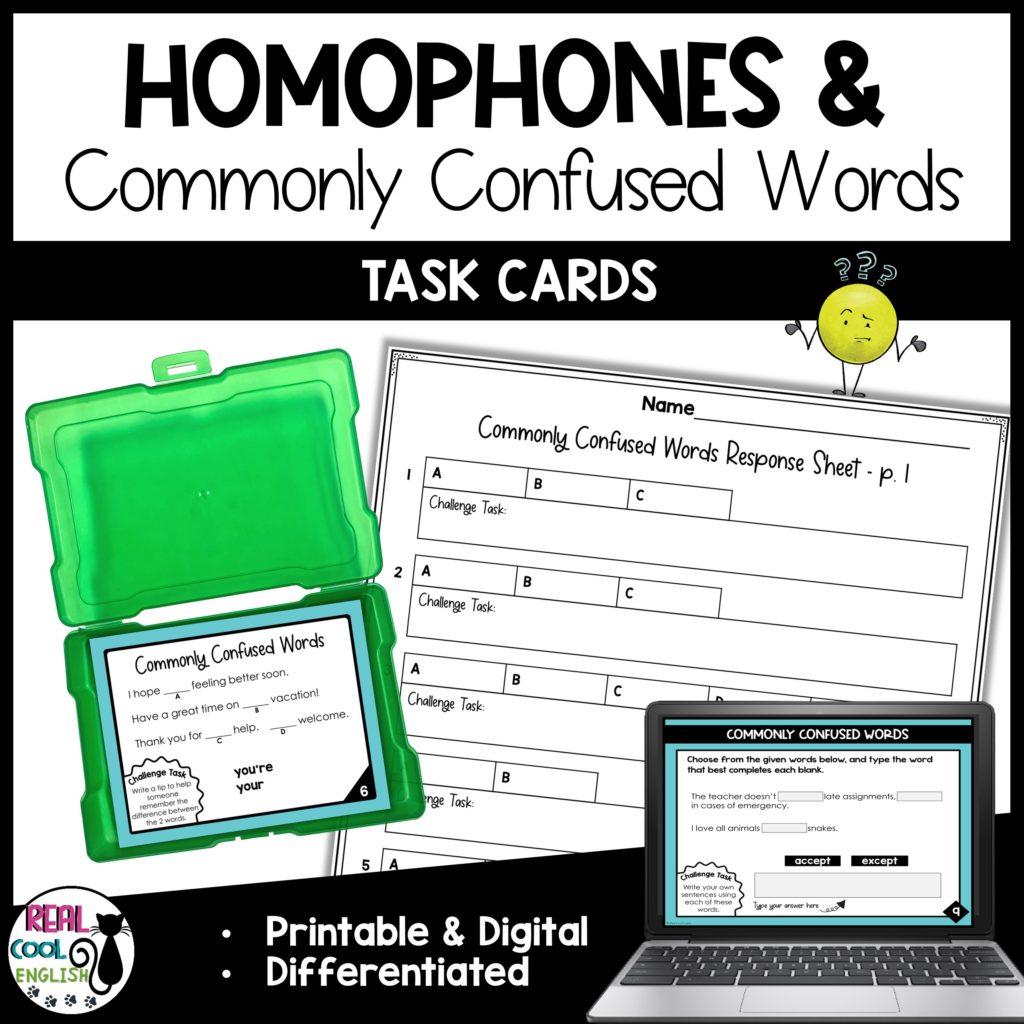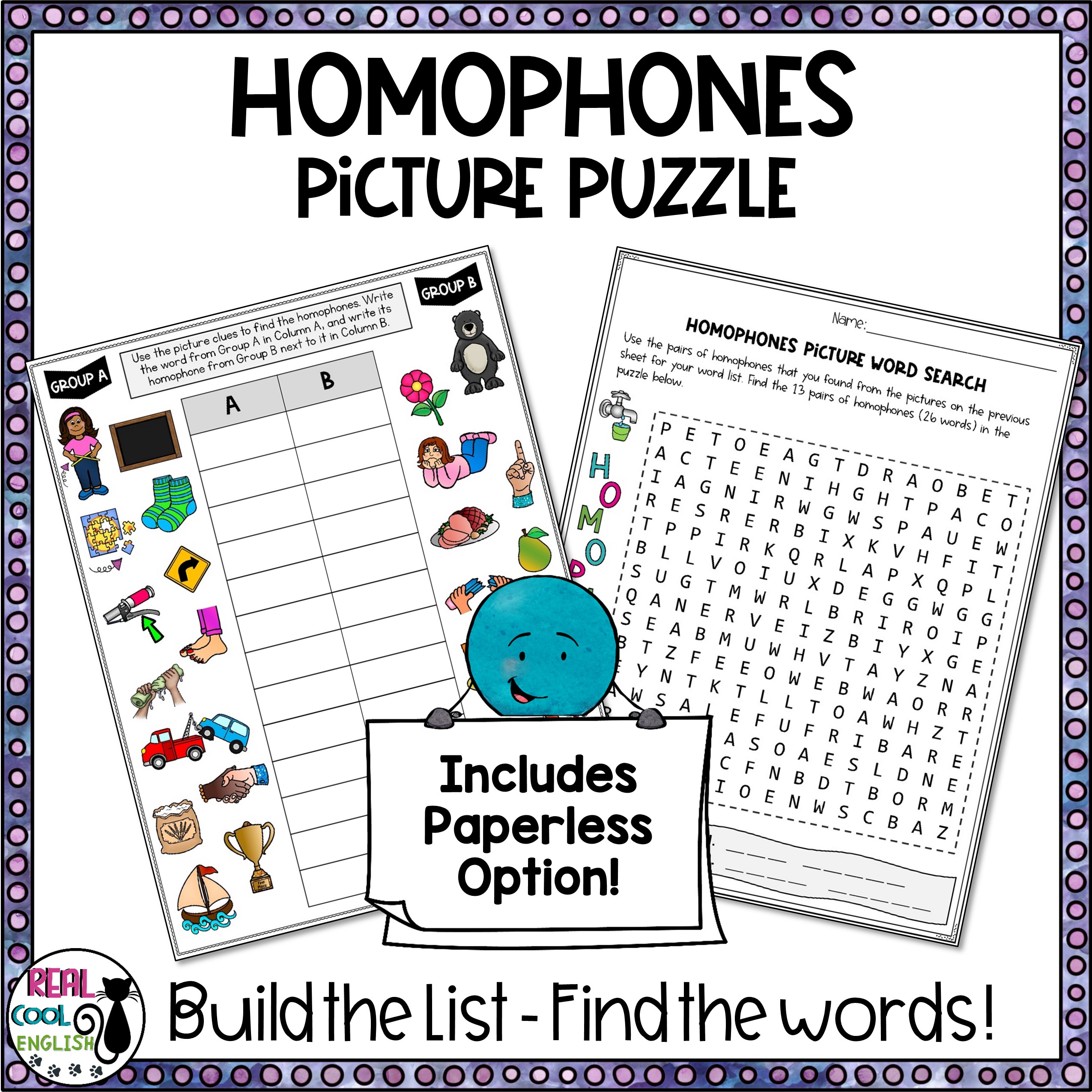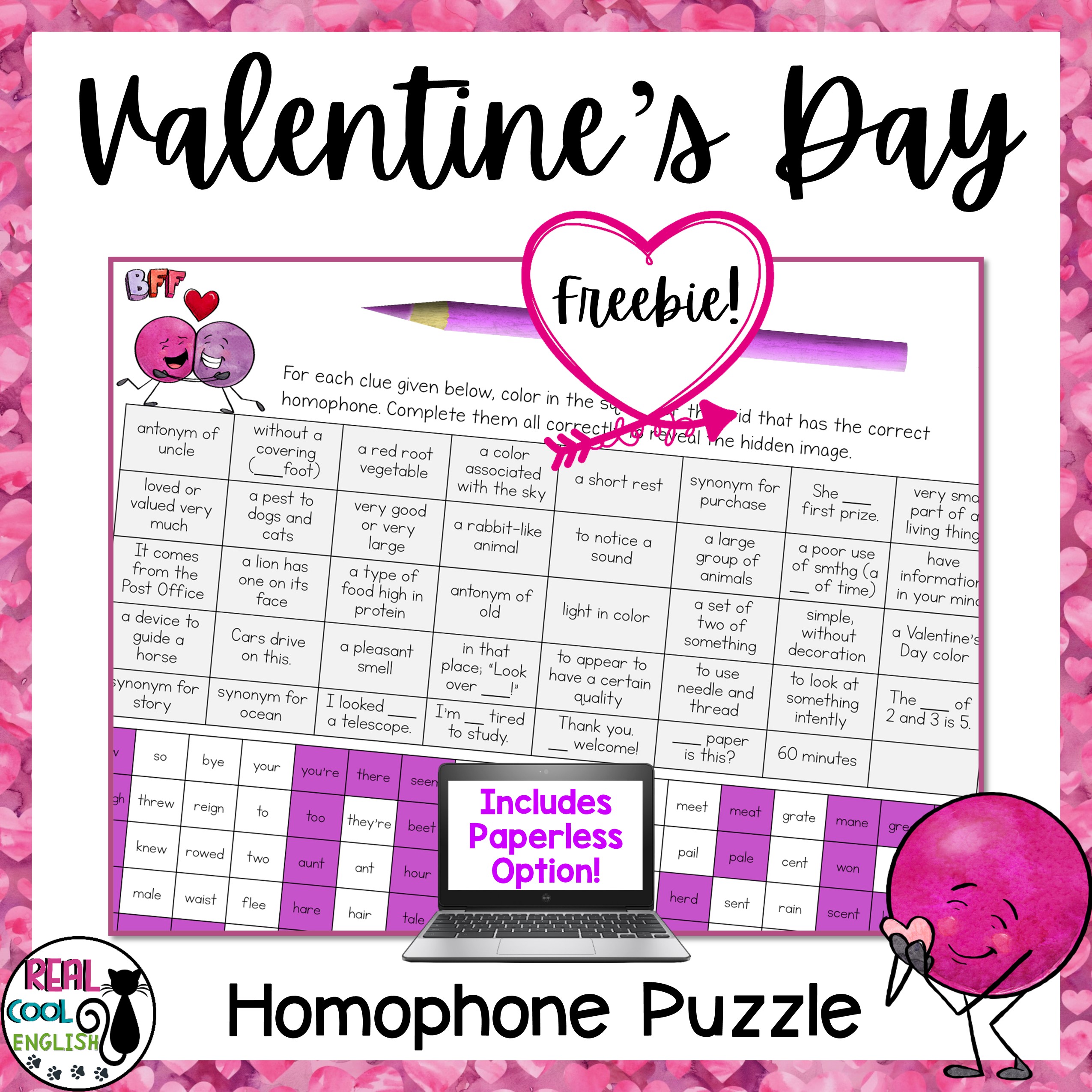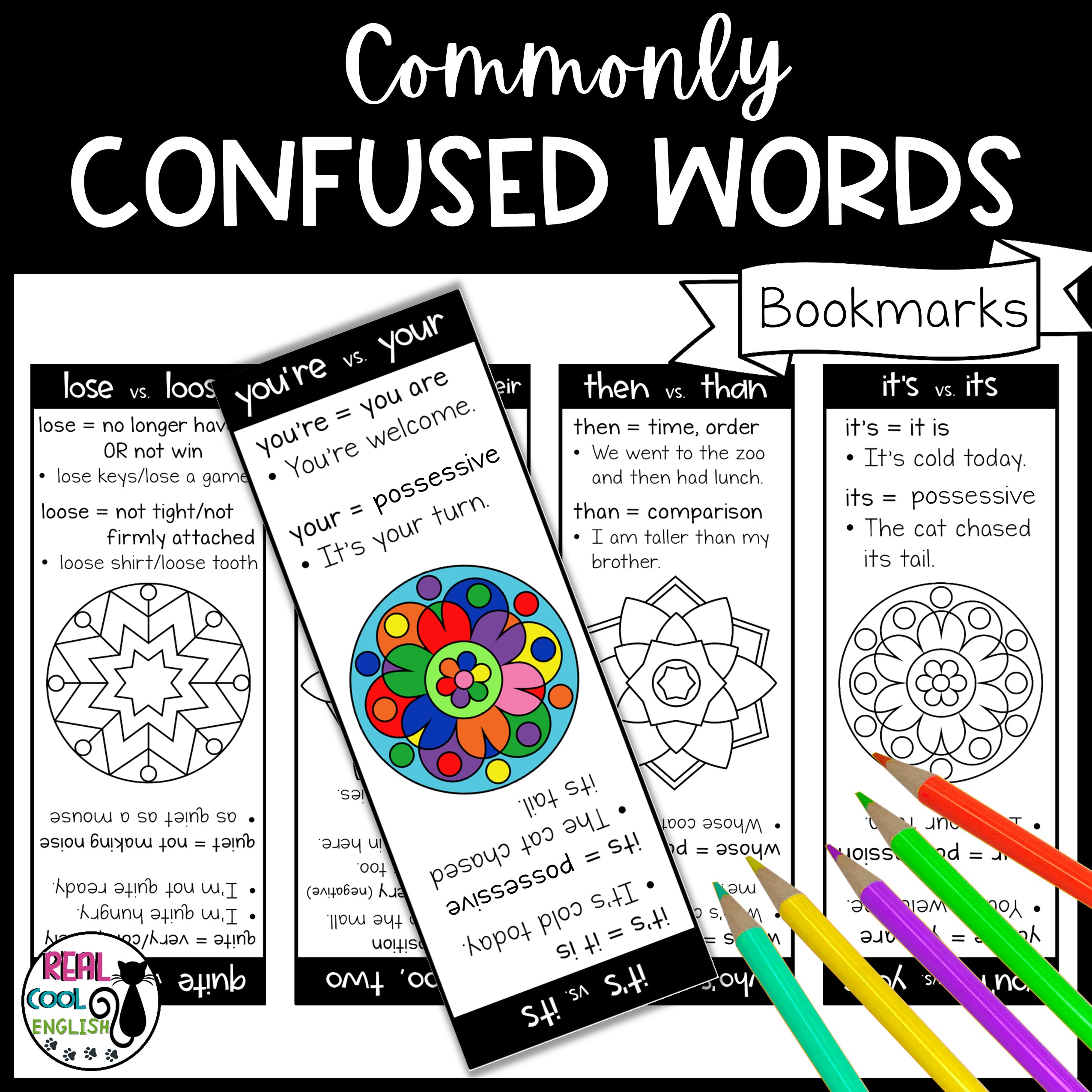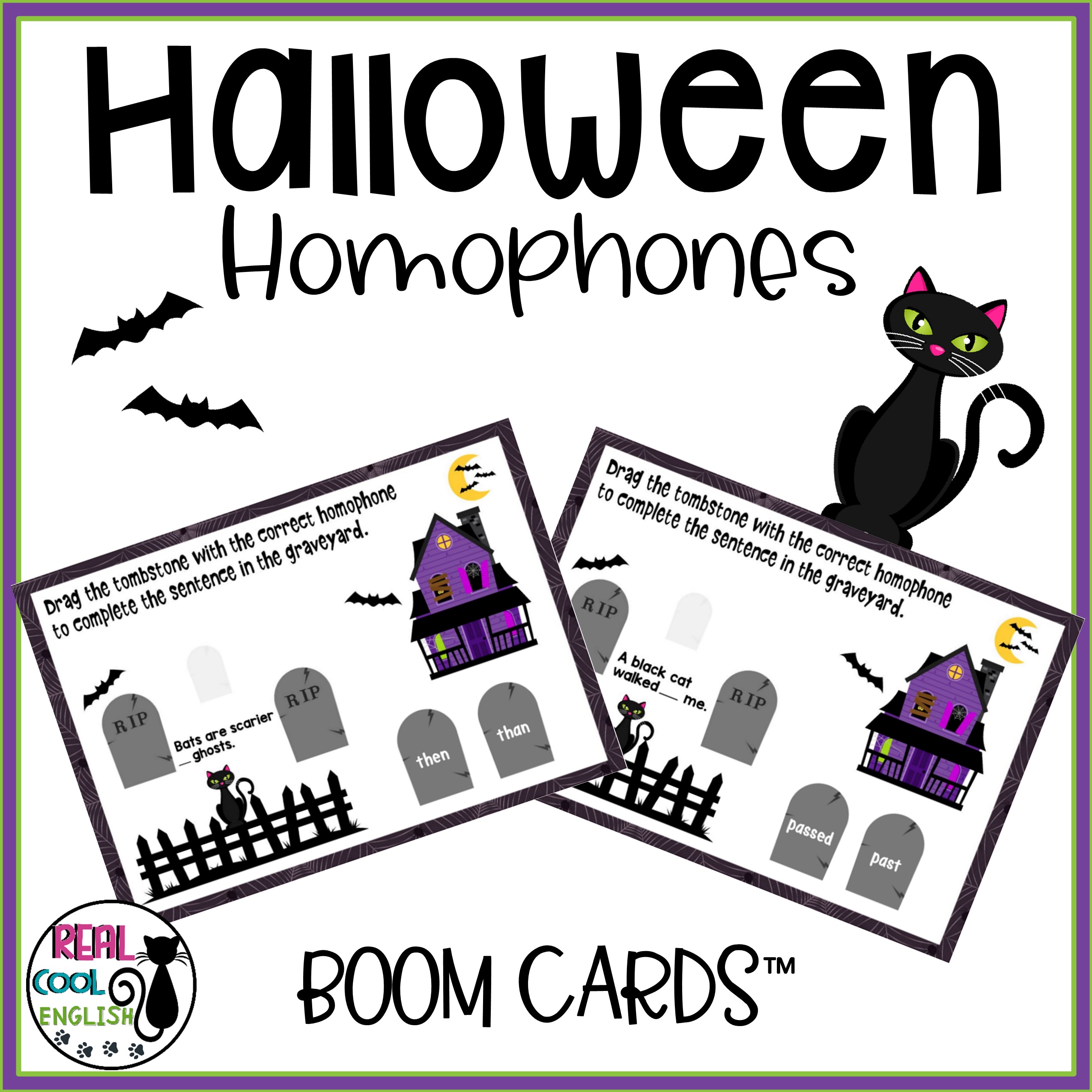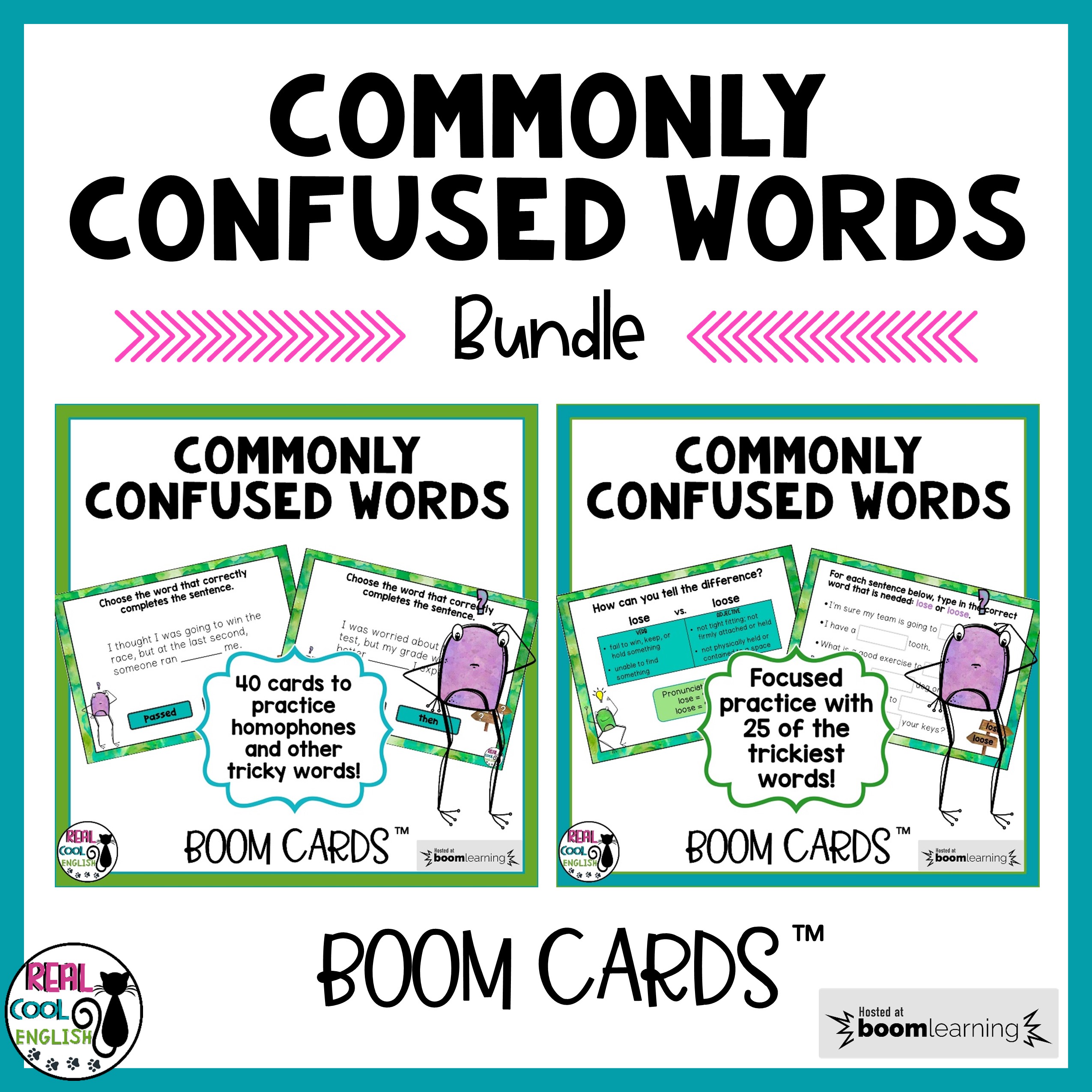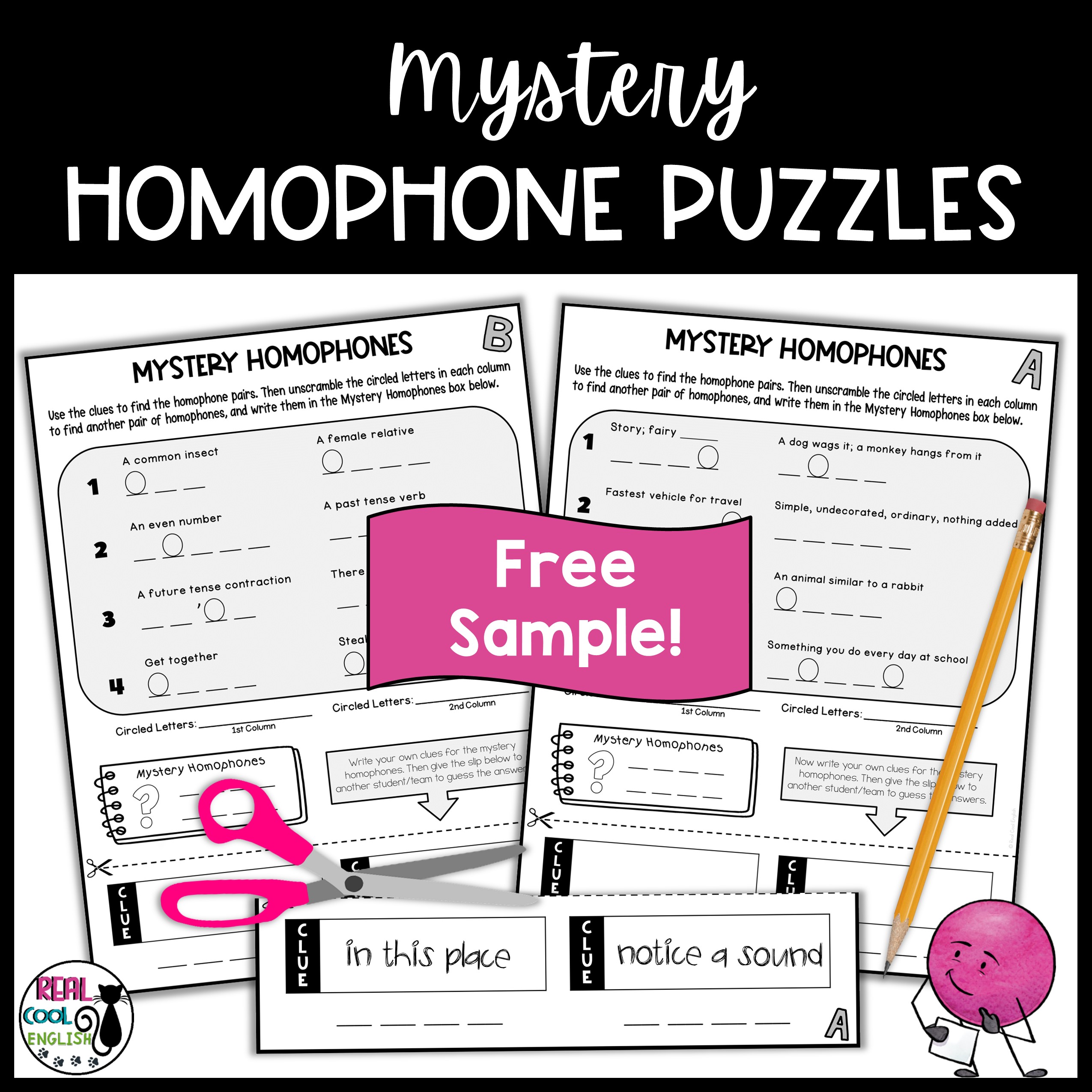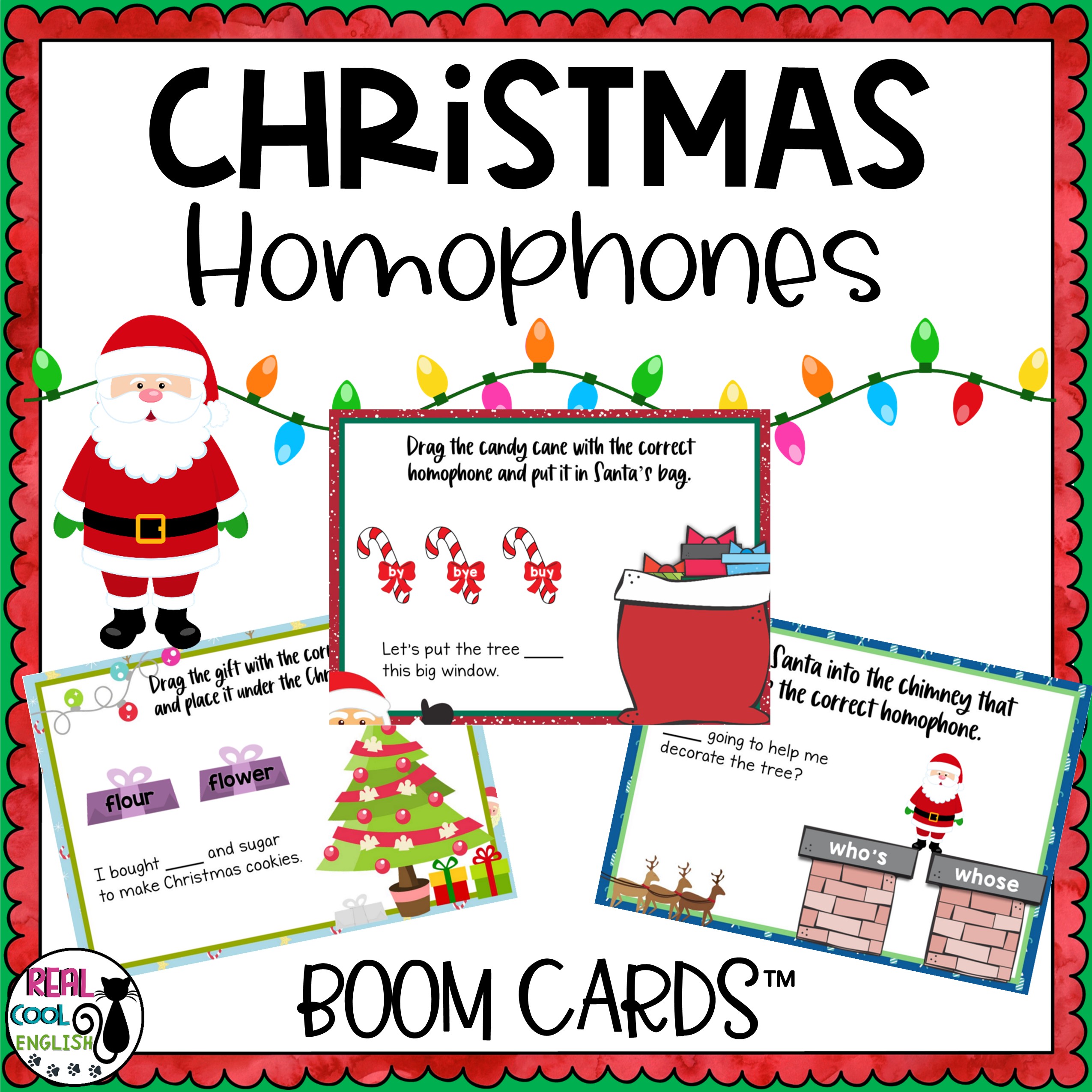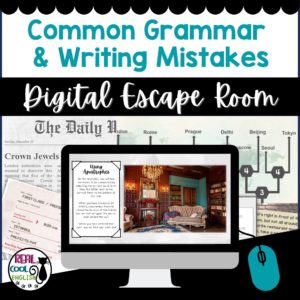7 Creative Homophones Activities and Games for Better Spelling
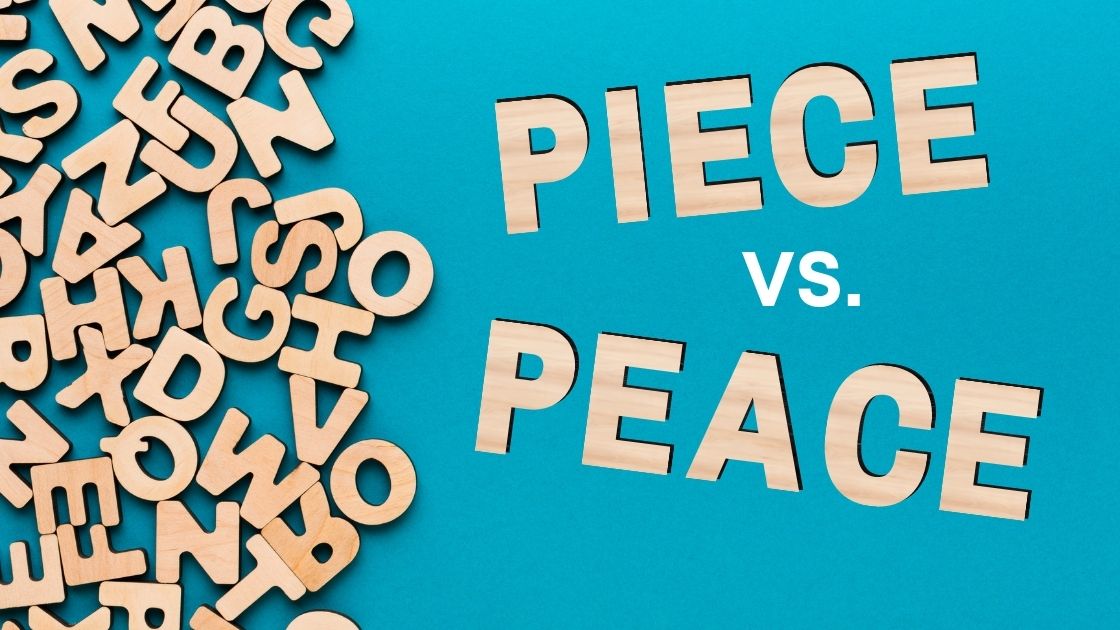
Teaching homophones is an important part of language arts lessons, and students need lots of practice with them. But quite often homophones activities lack the necessary challenge or just tend to be a bit boring. However, with a bit of creativity, there are many ways to incorporate this concept to make it really stick, while still keeping them engaged! Here are some ideas to help you make your students better spellers! Note that these ideas are best for upper elementary and above students. And in fact, most of these homophones activities could even work with Adult ESL students.
Why focus on homophones?
If social media has taught me anything, it’s that more time should be devoted to mastering the spelling of homophones. Many adults are often just as likely as elementary or middle school children to write:
The dog was chasing it’s tail. OR I couldn’t bare the thought.
It’s clear to me that students need repeated practice in order to build good habits for the future. And it’s important to give them activities and practice in a variety of ways so that spelling homophones correctly becomes second nature. This often means finding ways to weave in this type of practice along with other activities. Grab this FREE list of commonly confused homophones!
By the way, it’s not just teaching homophones that can be tricky. There are also commonly confused words that are not homophones (e.g. lose and loose). I like to include these kinds of words as well when practicing homophones because it’s basically the same idea: spelling errors due to similar sounding words.
Something else to think about if you have English language learners in your class or if you teach Adult ESL: Working with homophones is a great way to practice pronunciation! Many English learners do not really notice that homophone pairs have the same sound, so teaching homophones can be a very helpful lesson for pronunciation.
Choose a variety of challenging activities
Additionally, the type of practice is important. It needs to be more than simple worksheets where students have to choose between two words because they can often do this without much thought. If they know a worksheet is specifically targeting homophones, and they are presented with two choices, it may be easy to select the correct one. Of course, this is fine for occasional quick practice. But students should also be doing more challenging activities that require them to identify and choose correct homophones in a variety of ways.
Try these ideas to practice homophones and other commonly confused words
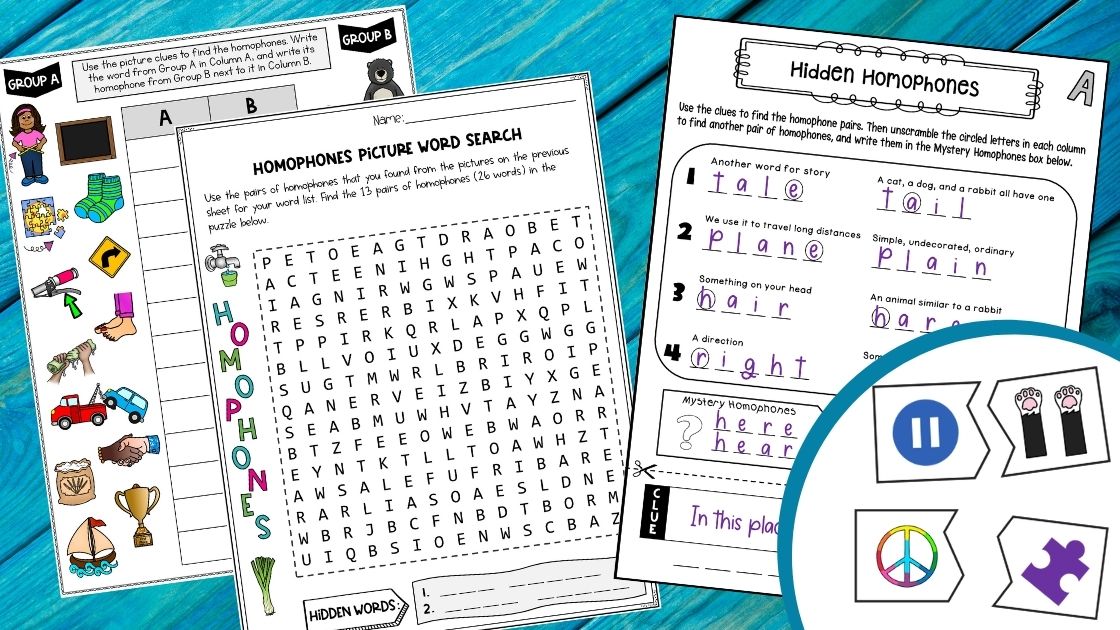
Games and Puzzles
As someone who loves games and puzzles, I try to find ways to gamify just about any grammar or language concept! And students grasp concepts better when they are participating in engaging activities, so what better way to engage students than with games! Keep reading for ideas you can use in your classroom, including some FREE ready-made activities!
Crossword and word search puzzles. You can quickly and easily make your own crossword and word search puzzles using your own lists and clues. For example, you can have a clue with a definition or a sentence with the homophone missing and have the students identify the correct homophone for the puzzle. There are many sites you can use to do this, but my favorite is from Discovery Education.
For a fun twist on word search puzzles, check out this Homophones Picture Word Search Puzzle. It’s a bit more challenging than typical word search puzzles. Students build their own word list from the given pictures representing a pair of homophones. Then they find the words in the puzzle. Multiple printable versions are included as well as a paperless option!
By the way, if you like this kind of puzzle, grab the bundle for a variety of fun and challenging picture puzzles to help build their spelling skills! There is even a holiday and seasonal version to have festive activities throughout the year.
Homophone Matching Puzzles. Have students match homophones (either picture or written word) with a definition or sentence that fits the meaning. This can be done regularly as a pick-a-partner activity or in centers as a team race game. You may like this Homophones Puzzle Activity that comes in a variety of options for multiple ways to practice homophones. You could even use this as a basis for a bingo game!
Guess the Homophone Puzzle. Try this FREE puzzle! Students work in pairs or in small groups to answer the clues to reveal four homophone pairs. Then they unscramble the circled letters to reveal a fifth pair of homophones. Finally, students work together to write their own clues to the fifth pair for another student or group to solve. This is a great way to get students thinking and working together!
Charades or Pictionary type games. Have students randomly select a homophone to draw or act out. Students would have to call out the word and spell it correctly to get the point.
Color by Code Puzzles. You can find plenty of color by code activities on Teachers Pay Teachers that will help your students practice homophones through a variety of themes, including holiday and seasonal puzzles. For fun homophone practice, grab this FREE Valentine’s Day Homophones Mystery Picture Puzzle!
For more coloring fun, check out these activities: (and grab your FREE SAMPLE of the Commonly Confused Bookmarks)!
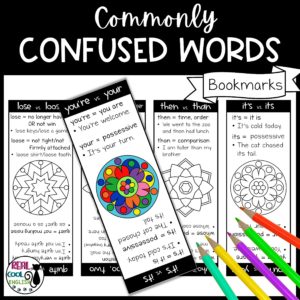 | 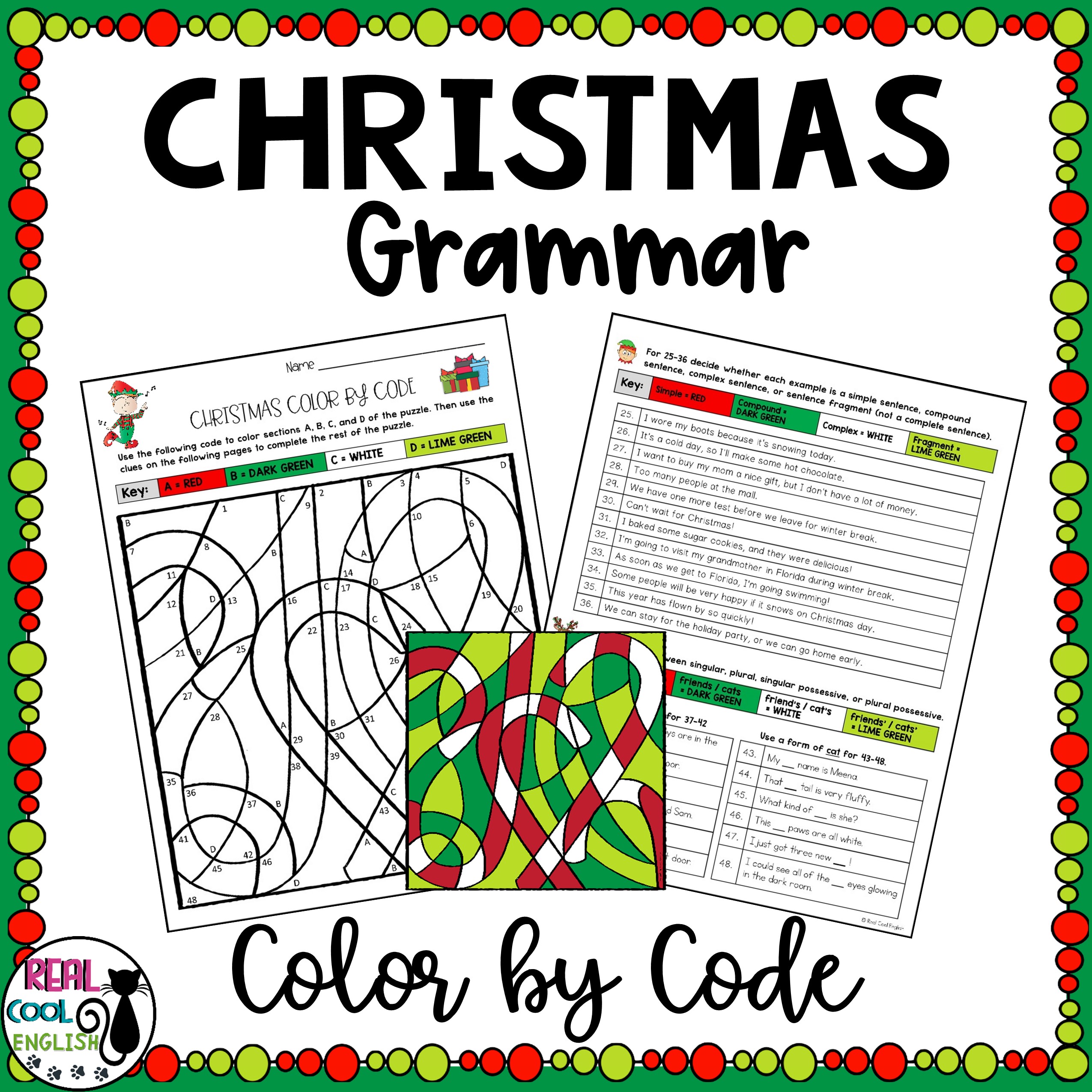 | 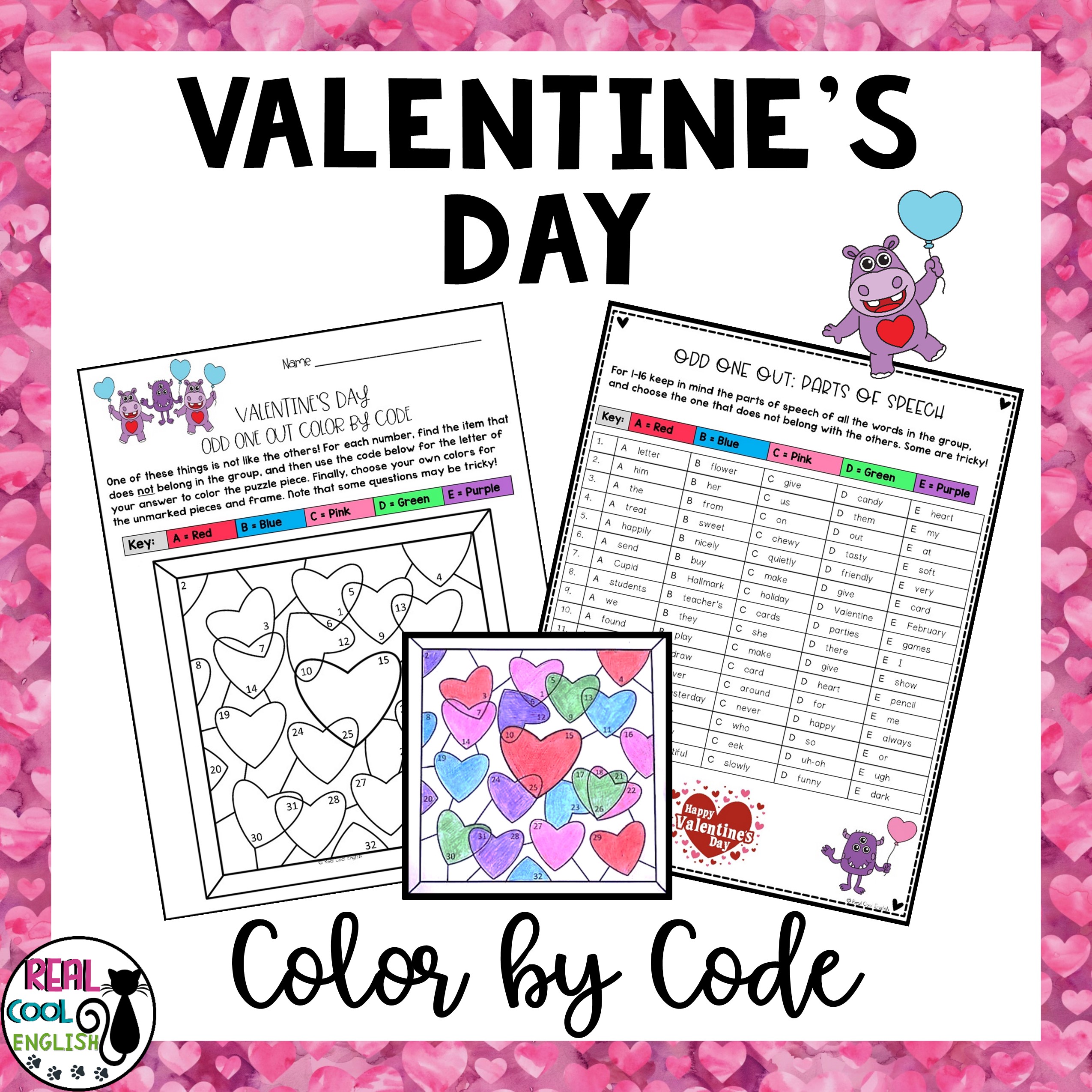 | 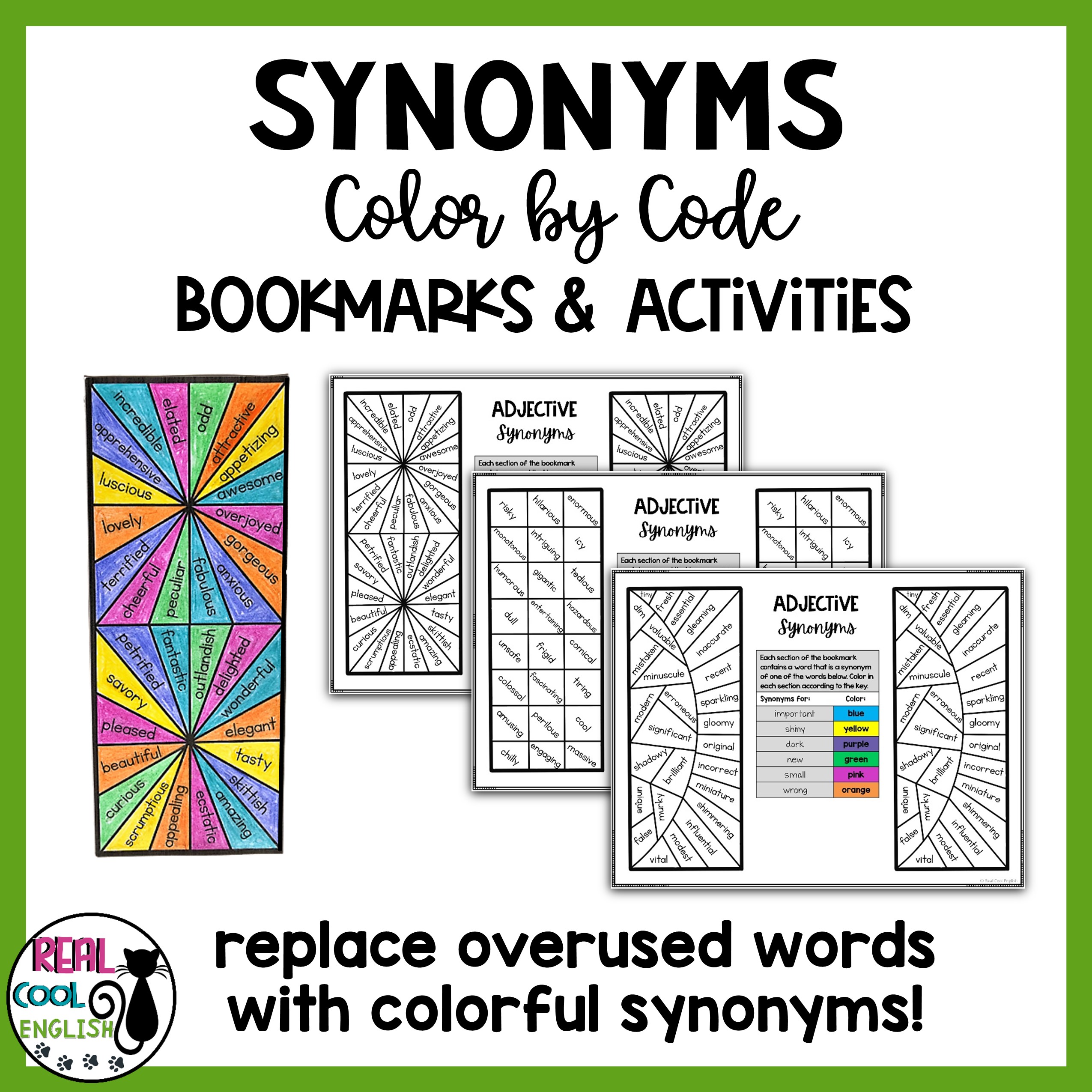 | 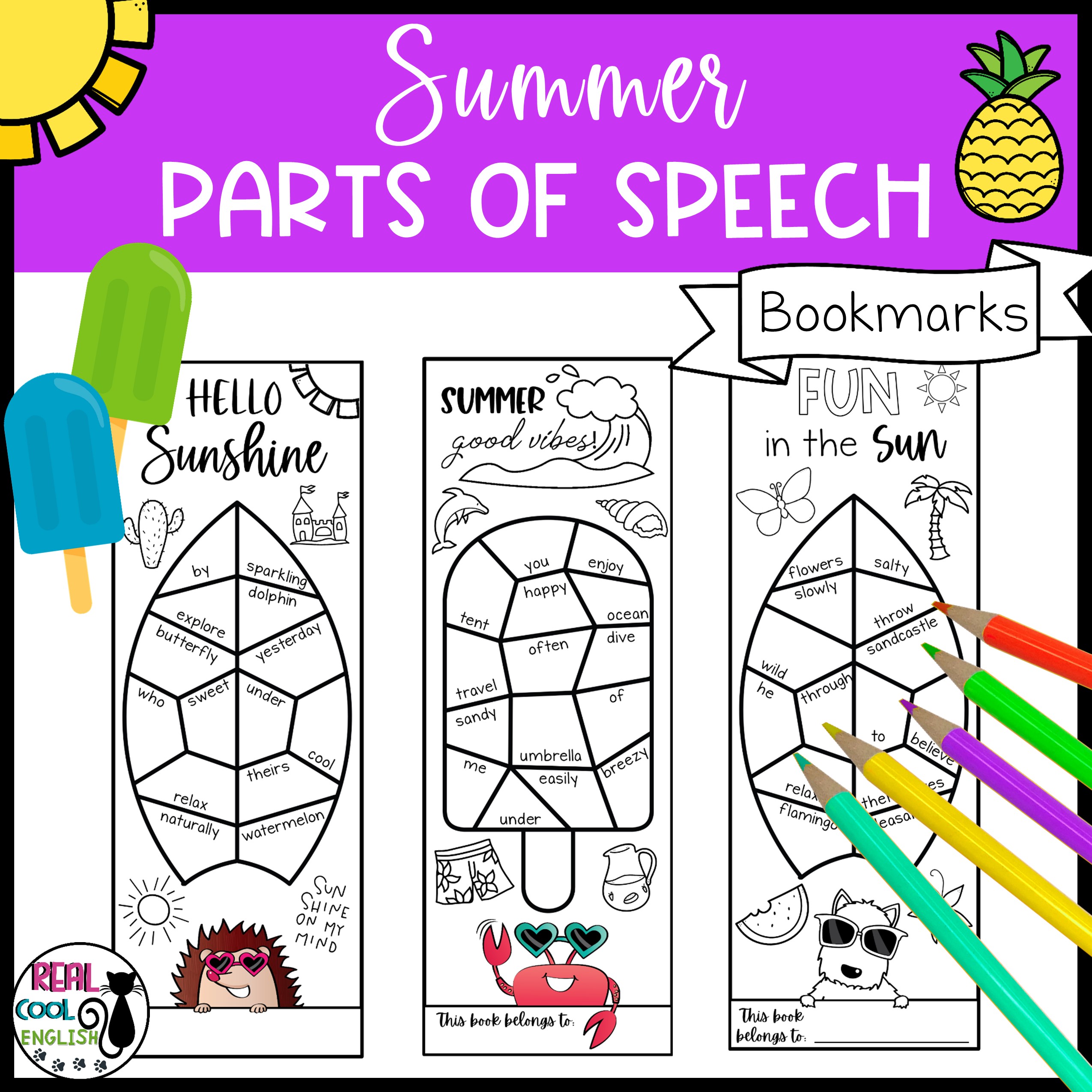 |
Escape Room Games. Students LOVE escape room games, so this is one of my favorite ways to practice just about any grammar or language concept. Again, you can find plenty of these on Teachers Pay Teachers. Check out this Common Grammar and Writing Mistakes Escape Room. It covers other grammar points as well, but there is a section on homophones and other commonly confused words.
Love using puzzles and games in your classroom? Grab this Games and Puzzles Mega Bundle with tons of fun and unique activities you won’t find anywhere else. Save up to 50% by purchasing the bundle, and I am continuing to add to it, so the earlier you purchase, the bigger the savings!

Editing Practice
Proofreading and editing activities are extremely useful in general. This type of activity is especially effective when they are not looking for one specific error. For example, you could have a passage where students simply need to identify misspelled homophones/commonly confused words. However, if they are only looking for this error, it will be easier to notice than if there were other types of errors included. Regular editing practice with a variety of errors will help them read sentences more carefully and think more deeply about sentence structure and spelling.
I like to keep a list of the types of errors that frequently come up, such as verb tense problems or run-on sentences and create short passages that incorporate those errors for editing practice. Then I sprinkle in a few homophones that are frequently misspelled and other confused words. This way, they don’t go into the task already knowing what specifically they need to look for.
Pick a Partner Homophones Activities
Distribute some combination of homophones, images, and sentences with the homophone missing to your students for them to find their partner to work on an activity together. You might like this Homophones Puzzle Activity for a ready-to-go set that you can use for this purpose. It comes in a variety of options for differentiation or just for flexibility to use it in different ways.
Writing Practice Activities
Assign a pair of homophones/commonly confused words and have them create a sentence using both. Example: if the students are given the homophones HERE and HEAR, they could write: Did you hear that Beyoncé is here? Compare answers and vote on best/funniest, etc. Or you could make sentences with blanks for students to fill in (Did you ____ that Beyoncé is ____?). This could be done regularly as a bell ringer activity or any time you want to get some quick practice in. You could also put students in pairs or small groups and give them several words from your homophone lists and have them create a short story.
Practice Homophones and Commonly Confused Words with Task Cards
I love using task cards because they are so versatile. You can choose the number of tasks to make them perfect for bite-sized practice opportunities as bell ringers, brain breaks, or fast finisher activities. Repeated practice is something that is definitely necessary to learn the spelling of homophones in a way that makes it really stick. And task cards make it easy to sprinkle in short activities whenever you have a little extra time.
This set of homophones and commonly confused words task cards are perfect to help your students get the practice they need with this challenging topic. It includes 2 levels for differentiation: level one has several opportunities for students to choose between homophones to complete sentences; level two also includes a challenge question for students to get additional writing practice or think more about the topic. Multiple print and digital options are included.
For even more practice, you can get this task card set PLUS a variety of additional homophones and commonly confused words activities in the activity, games, and puzzles bundle!
Boom Cards
If you are using Boom Cards in your classroom, you already know how great they are! If not, you definitely should consider checking them out. Students love them because they are highly engaging, and teachers love them because they are simple and quick to assign and they are self-checking! If you are not familiar with Boom Cards or haven’t yet taken the plunge, I encourage you to read this blog post for a brief overview on how they work and why they are so amazing!
You can find tons of Boom Cards activities for homophone practice either on Boom Learning or Teachers Pay Teachers. Here are a few homophone and commonly confused words Boom Card activities from my store: Click the video links below to see a couple of these decks in action!
You may also like to try: Commonly Confused Words Boom Cards
Dictation Activities
Although dictation has decreased in popularity in recent years, I honestly don’t know why because if used the right way, sentence dictation can be extremely effective for boosting a variety of writing skills.
This is another activity that could be done as a bell ringer or whenever you have a few extra minutes. Not only is this great practice for spelling homophones, but it’s just good practice for spelling in general.
For a simple dictation activity, make up one or more sentences that include homophones as well as other high-frequency words and read them to your students. For this to be effective, it is recommended to read the sentence at least 3 times. The first time at normal speed (students just listen to get the whole idea and don’t write). The second time slowly and in chunks for students to write (you may need to do this another time). And the last time just under normal speed for students to review their sentences and make any necessary corrections.
My favorite way to correct these is to have students pair up and compare their answers so they can notice any discrepancies and discuss what needs to be corrected and come up with a final version together. Then write or display the sentence for them to correct any mistakes.
By the way, if you happen to use the 4th Grade Reading Street series in your classroom, I have puzzles and activities, including dictation, to go along with each of the stories. Many of the week’s spelling words are included in each dictation activity.
Social Media Scavenger Hunt
This is a fun way to get students to notice the misuse of homophones that is frequently found, especially on social media. It may be a bit risky to ask students to find examples themselves because of the questionable content and language that they might come across. But you could collect examples of homophone errors in social media. I’m sure it will come as no surprise to you how quickly you can find a large sample for this purpose. You might intersperse the posts containing misspelled words with ones that have correctly spelled words so students have to look carefully to spot the wrong ones.
Have fun teaching and practicing homophones!
I hope you have found some fresh ideas and fun homophones activities that you can use with your students to give them the practice they need to make them better spellers! Need some resources to give your students more homophone practice? Check these out:

